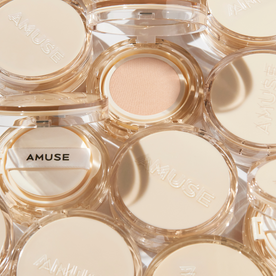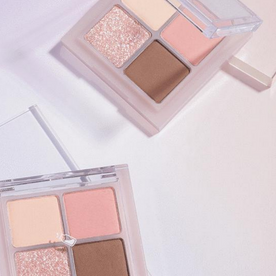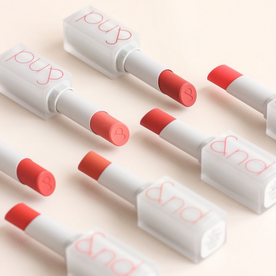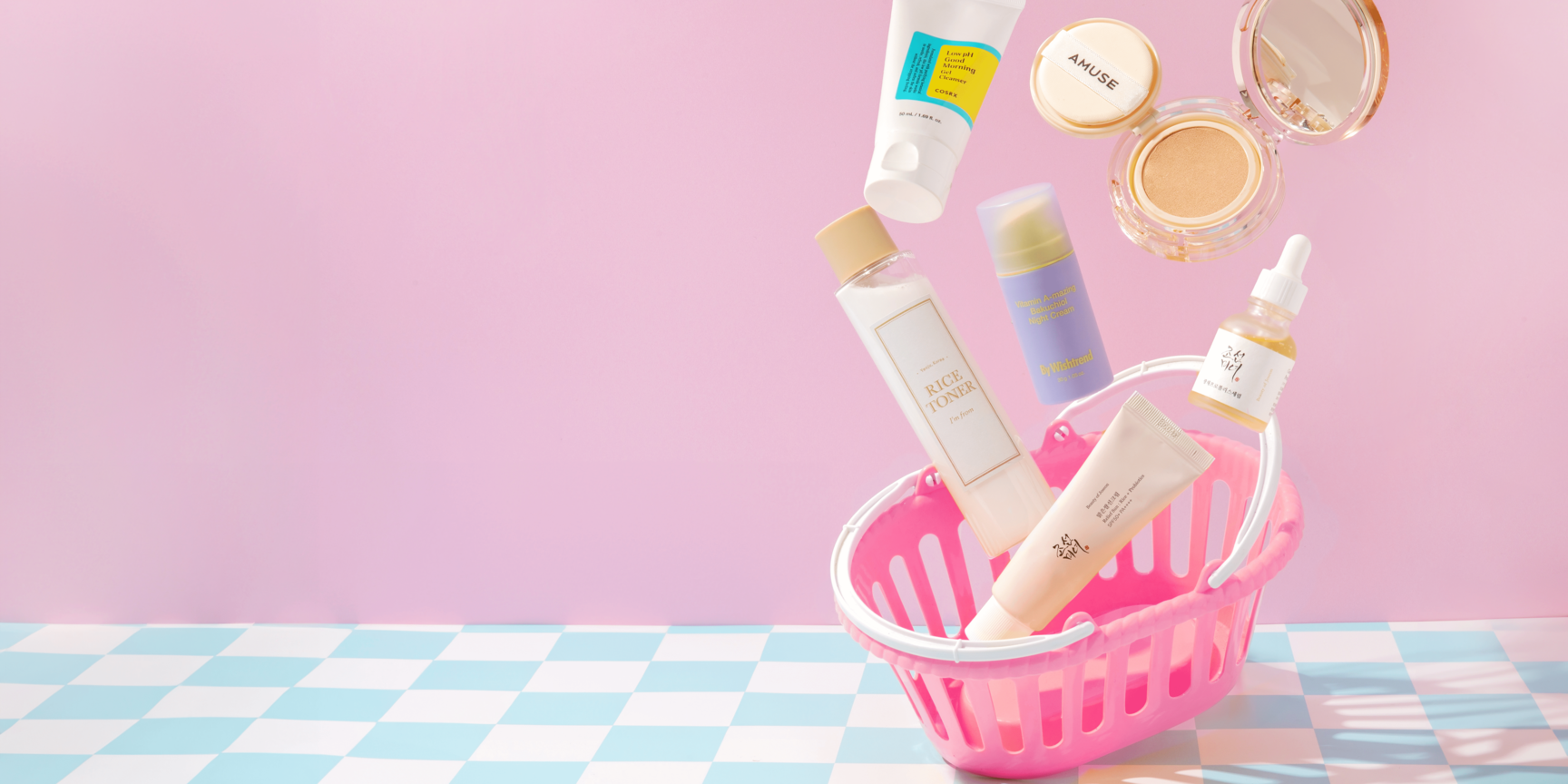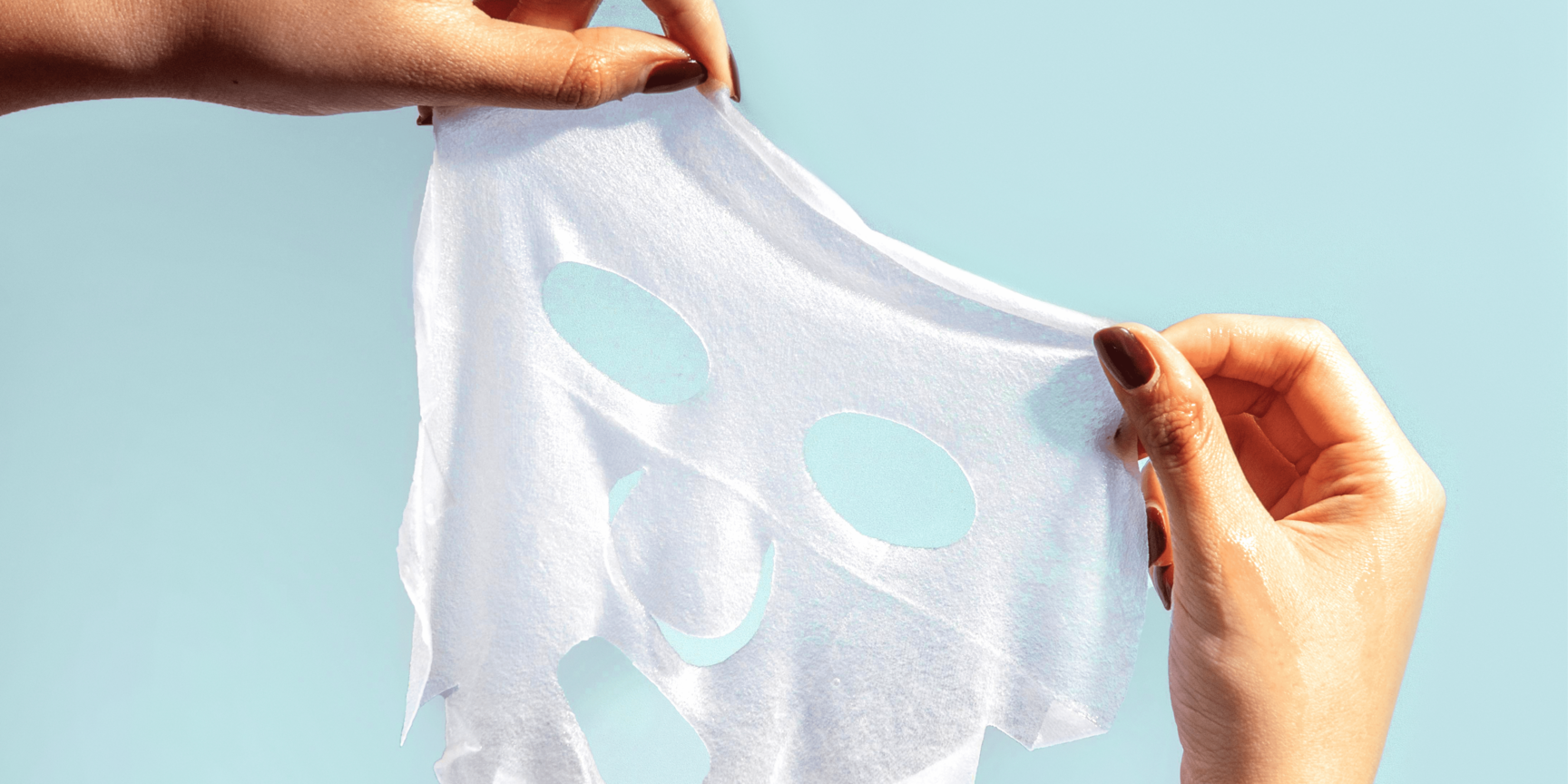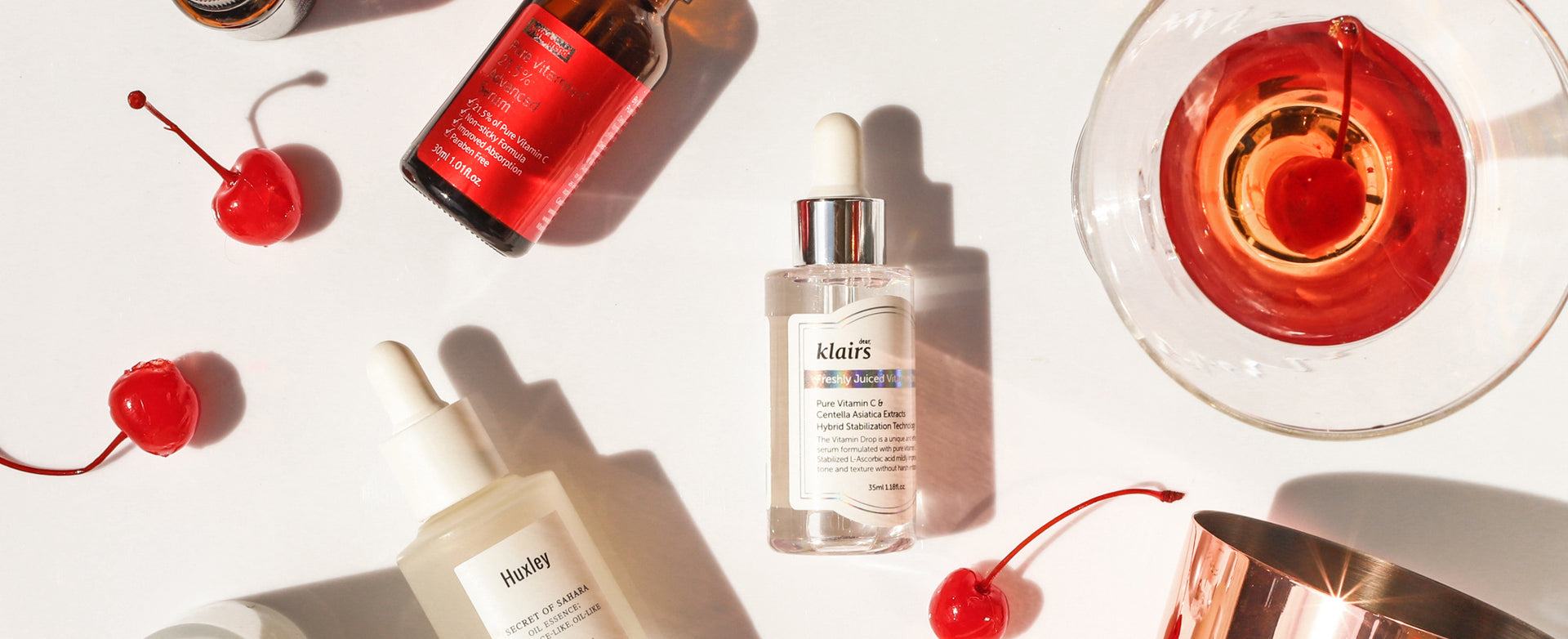SKINCARE PRODUCT COCKTAILS: Can and Should You Mix Products?
If you watch skincare tutorials or beauty guru videos online, there’s a good chance you’ve seen people mixing skincare products together to save on time, or because they believe there are added benefits to combining certain ingredients. There’s also a DIY element that can be appealing to people who want to customize a product specifically for their skin.
But if you aren’t a beauty blogger by trade and don’t necessarily have the time to do extensive research, is it safe to mix your skincare products? Or are they best used as they were intended, as separate steps of a skincare routine.
We’re outlining some tips and guidelines to making skincare “cocktails” - What’s safe, what isn’t, and whether there are any benefits to mixing products at all.
Be Careful When Mixing
Before you begin to play mad scientist with all your skincare at home, there are some guidelines about what skincare you shouldn’t mix. Everyone’s skin is different so you won’t necessarily experience a negative reaction, but these ingredients may not play well together. If your skin is very sensitive, you may want to avoid layering these ingredients, even if they’re in separate products.
- Vitamin C and acids (AHA/BHA). At higher concentrations, some people may find vitamin C irritates their skin. Add acids to the mix, and your skin may become red and flakey. Vitamin C and acids can also vary widely in terms of their pH - if they aren’t applied carefully they can decrease the efficiency of your products. If you do want to use acids and vitamin C together, you’ll want to watch the concentrations, and be sure to apply them in the right order. When done right, you can optimize how well your skin absorbs them.
- Retinol and acids. Remember that retinol is also a peeling agent, and one that some people’s skin may find difficult to tolerate, even on its own. Adding acids to it may cause some serious dryness and irritation.
- Retinol and vitamin C. This is another case of two actives that may be too strong if combined. Together they can cause increased photosensitivity as well, making them not ideal to combine during the day. If you want to use both, consider using vitamin C during the day to protect against free radicals, and retinol at night when you won’t be exposed to sunlight.
As a general rule, be very careful about mixing actives, especially strong actives that can irritate or damage your skin barrier when used in combination.
Recipes For A Skincare Cocktail
Most gentler ingredients can be mixed together if you want to save time, or create your own customized treatment. Think about effects that compliment each other and make sense together based on your skin type. If you have very dry skin, mixing a nourishing serum and a hydrating toner could boost moisture levels. If you’re acne-prone, a combination of calming and brightening (for scarring) products could have a great overall effect. You can also mix a watery toner with another product if you want to adjust the texture.
1. If you have super dry skin, adding a hyaluronic acid formula to your moisturizer can help your skin to absorb and hold more water. You can also combine it with other ingredients that tend to be drying, like retinol.
2. Snail mucin is much gentler than a lot of actives, and has a ton of great smoothing and healing properties. It’s also less reactive, and can be mixed with a hydrating product for anti-aging benefits. If your skin is sensitive or irritated, mucin and propolis make for a super soothing treatment.
3. Vitamin E and vitamin C can go hand in hand. Vitamin E can actually help to stabilize the more volatile vitamin C, and together they’re rich in antioxidants and great at neutralizing free radicals.
4. Retinol and ferulic acid are a really strong combination. Ferulic acid is a plant-based antioxidant that makes a great delivery system for retinol, making it work more efficiently.
5. If you use a powder cleanser, instead of mixing in water, try mixing in your favourite toner. Make sure the toner itself doesn’t contain any strong actives to avoid irritation - a watery, hydrating toner works well. If you find your exfoliant a bit too abrasive, you can also add toner to dilute it and make it gentler on your skin.
6. It’s becoming popular to mix or layer serums (called “double serums”) to get the combined effects. Brightening and hydrating formulas, as well as soothing and acne-fighting combinations can work well together.
7. Products containing salicylic acid and niacinamide can be complimentary if you have oily skin or are acne-prone. Salicylic acid unclogs pores, while niacinamide regulates sebum production.
Tips
1. Whenever mixing products, it’s important to do a patch test first. There are so many variables depending on the formula you’re using, and you don’t want to put anything that could potentially cause a reaction directly on your face.
2. If you do mix products, only mix enough for immediate use. The stabilizing and preserving ingredients in a product aren’t meant to be mixed with other things, and you don’t want to reduce its shelf life.
It’s always a good idea to be careful with actives, even if you’re just layering them. By making sure you’re using ingredients that compliment each other, you’ll avoid using things that could cancel each other out, or cause an unwanted reaction. If you can layer the products directly on top of each other, it’s likely that it’s safe to mix them as well.









































